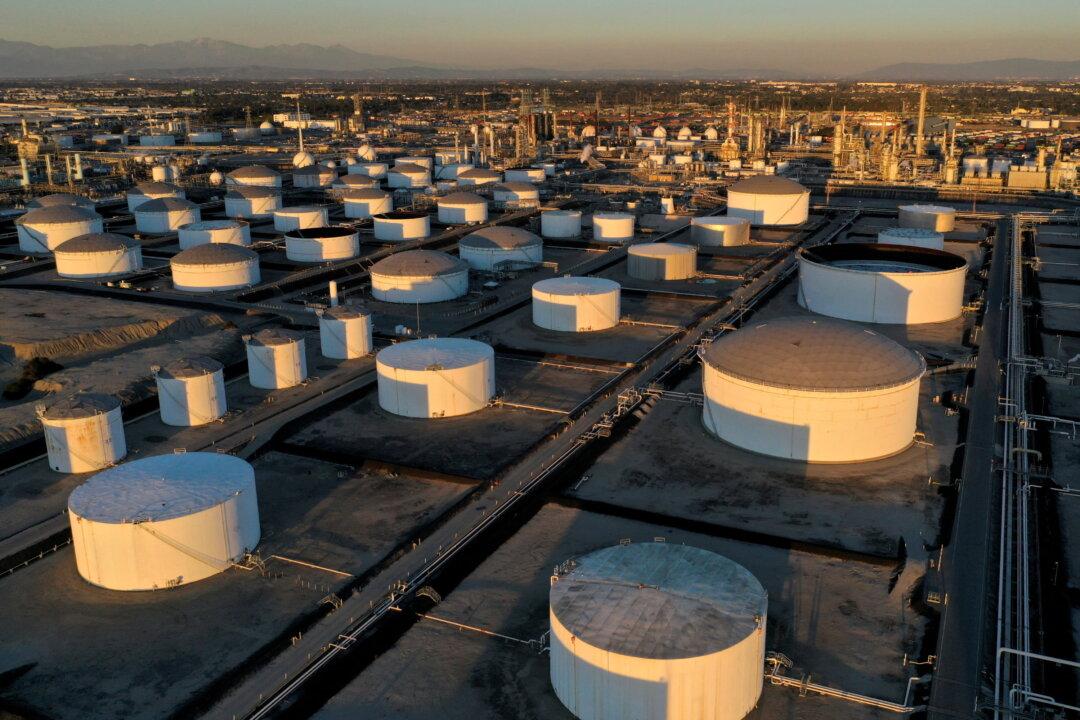The International Energy Agency (IEA) has warned about a potential destruction of demand in the global diesel markets in its latest Oil Market Report.
High diesel prices are fueling inflation and adding pressure on the global economy, according to the November report. The market was already in a deficit before Russia’s invasion of Ukraine began in February, as 3.5 million barrels per day (bpd) of distillation capacity was shut down following the COVID-19 outbreak. Following the pandemic recovery, demand for diesel jumped.





